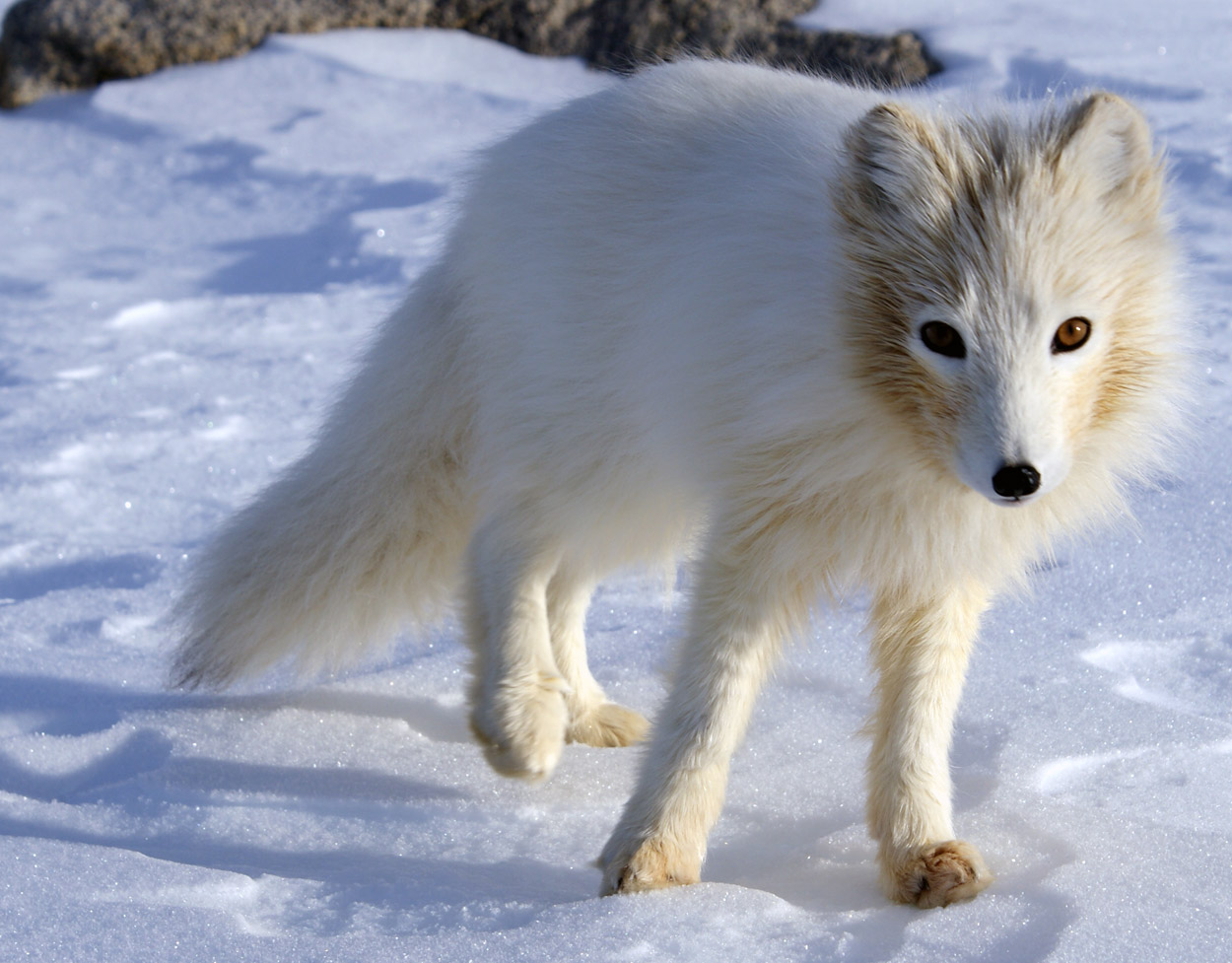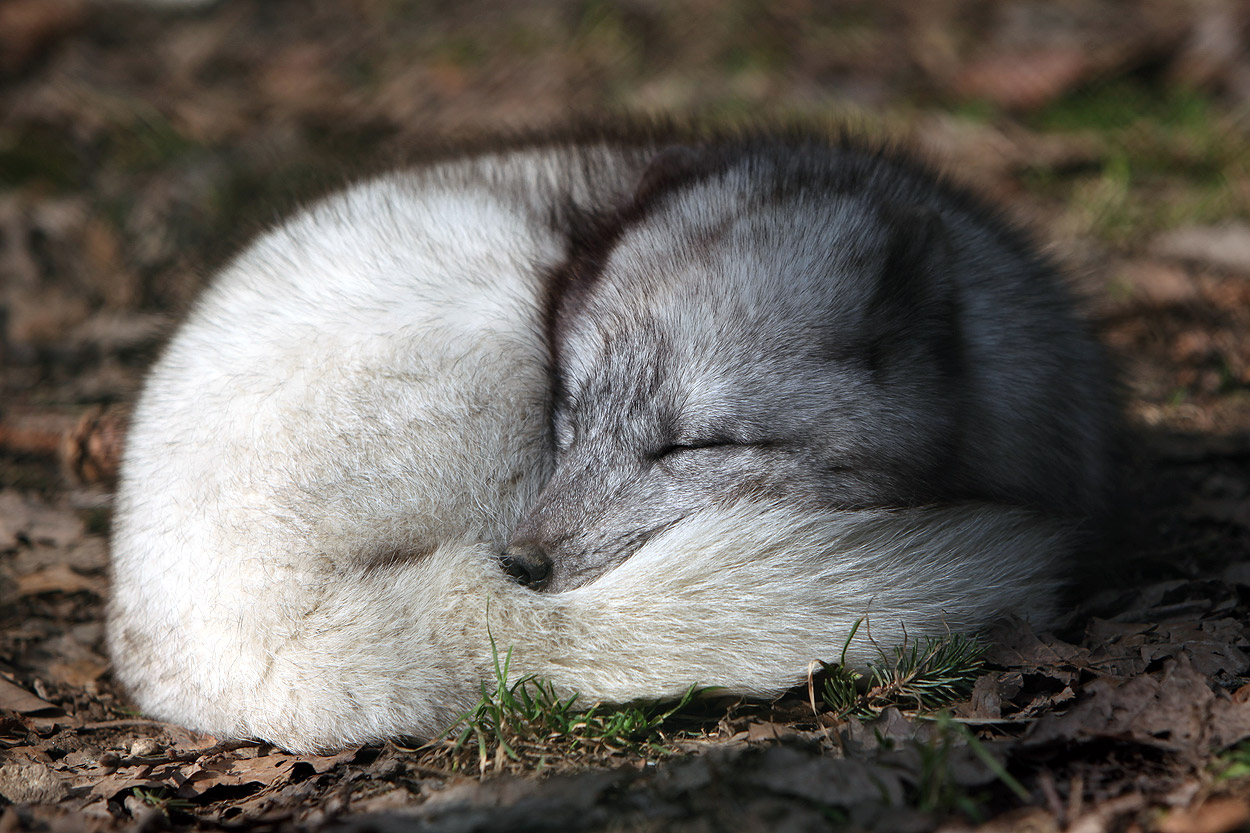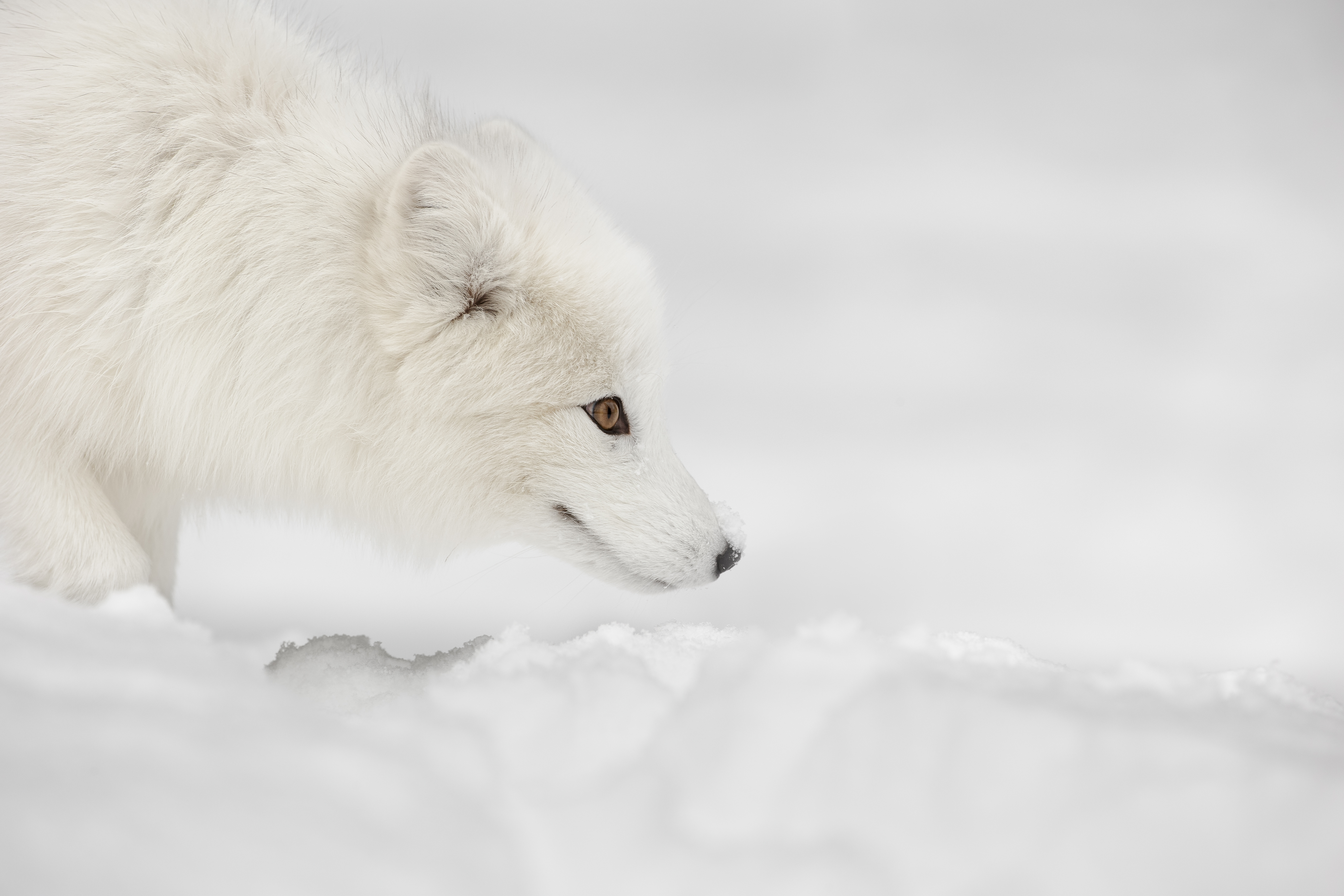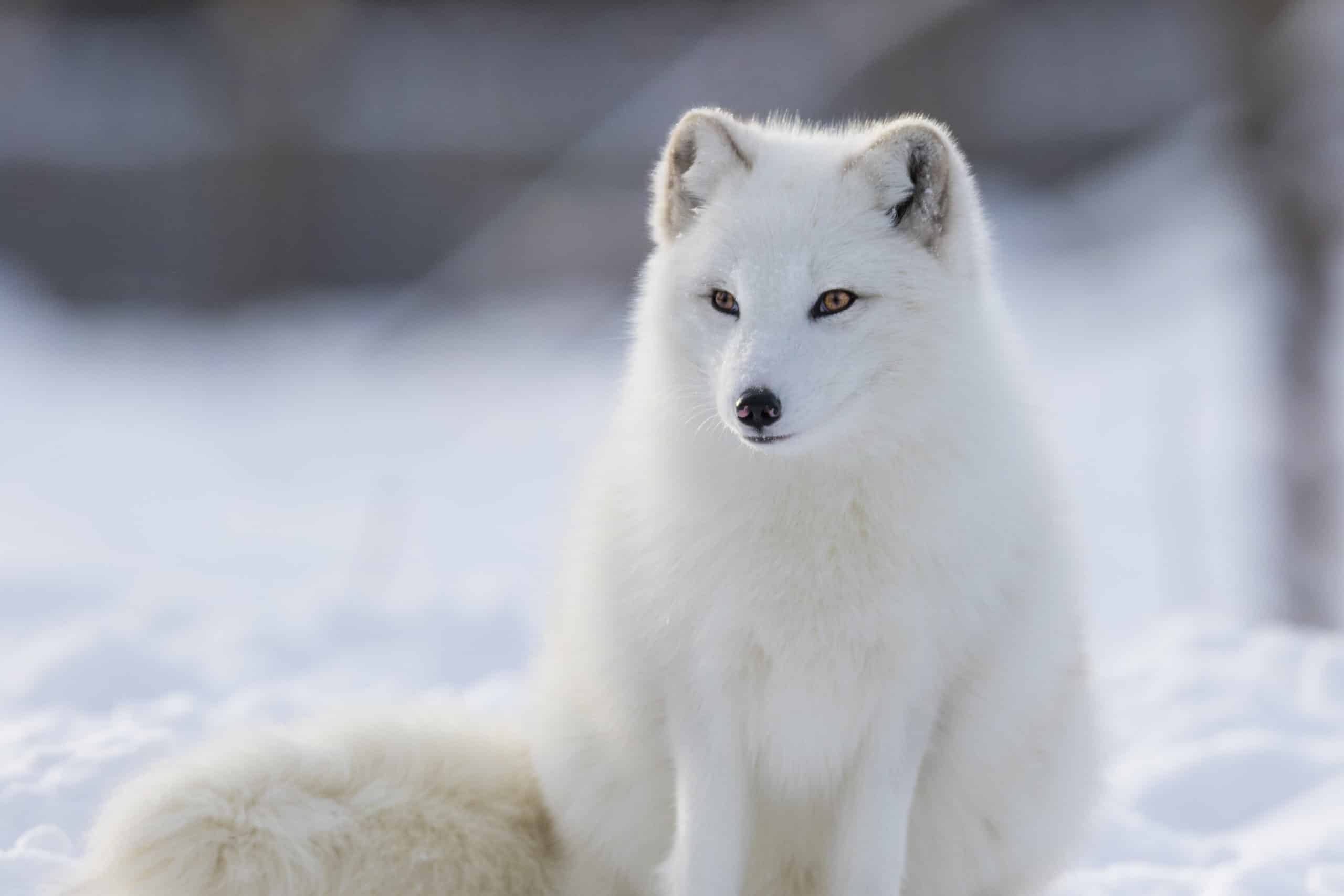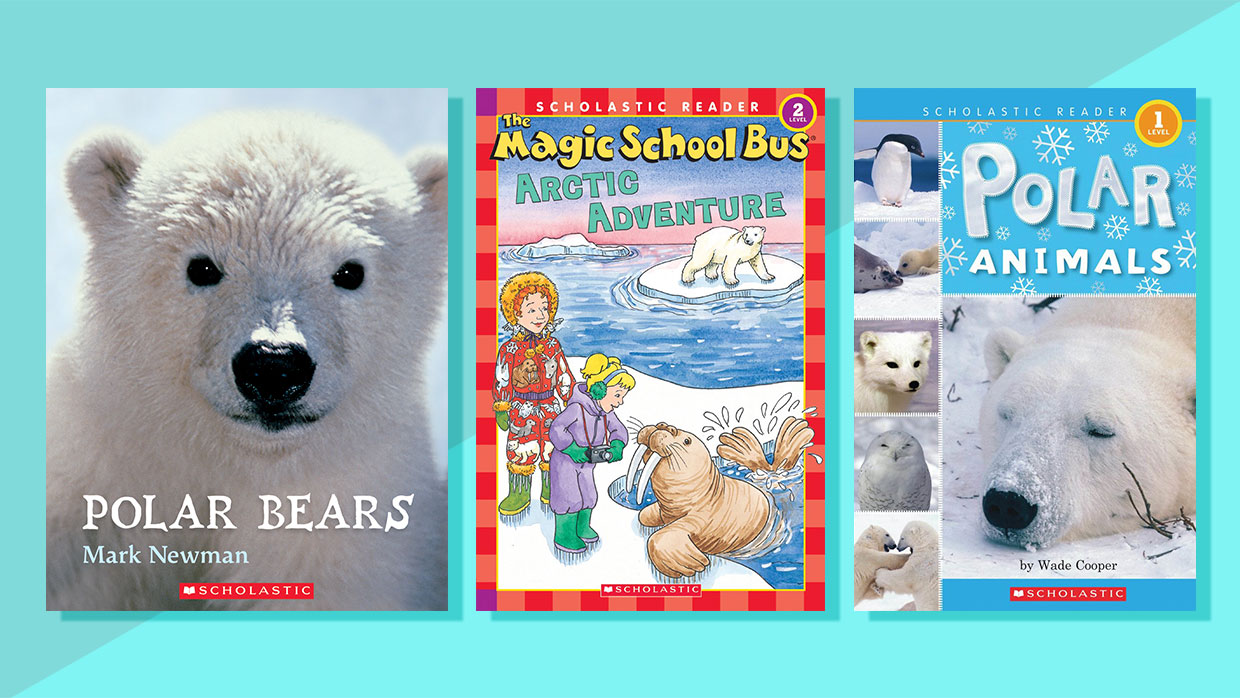Arctic Animals Adaptations Ks2
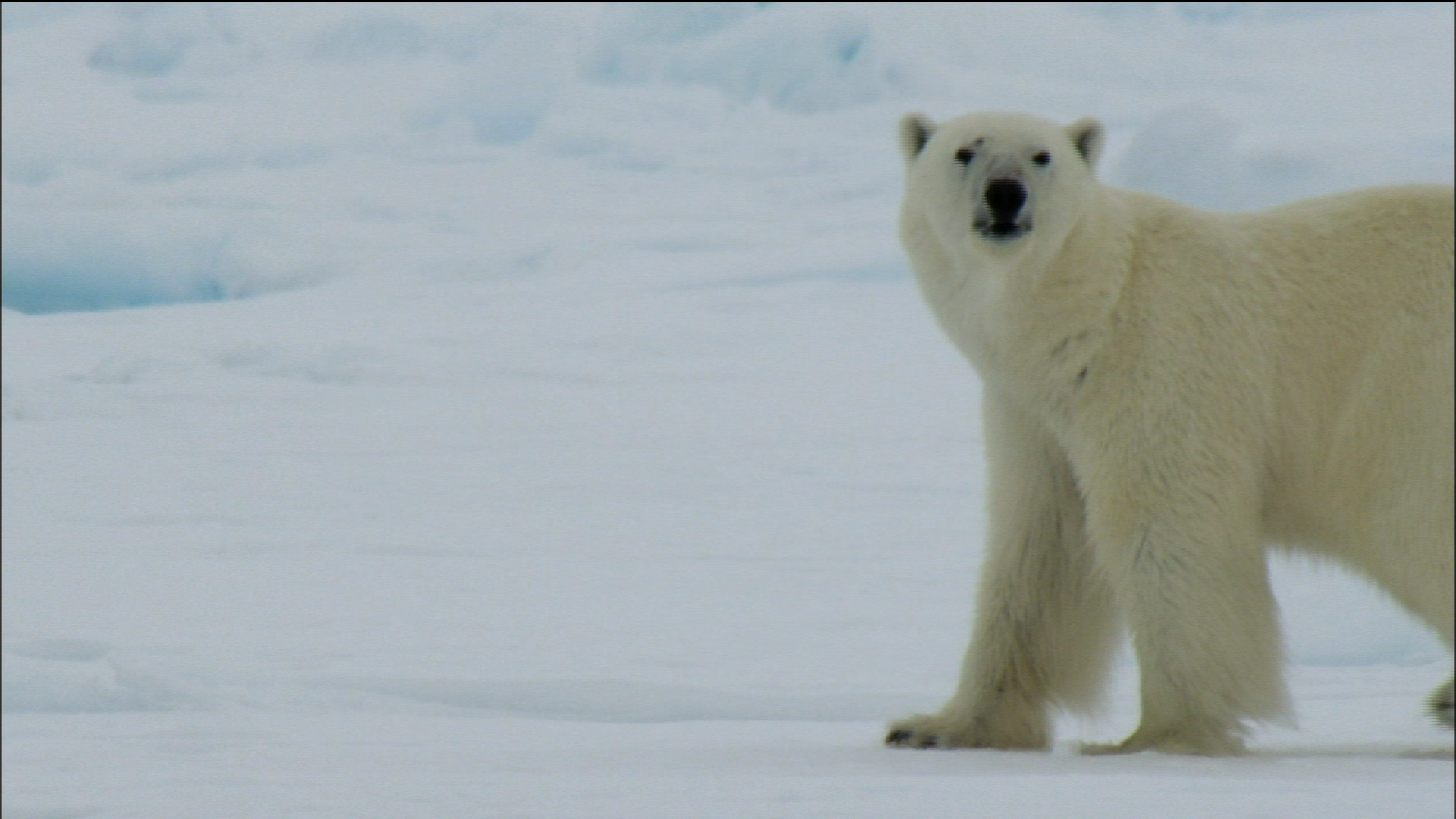
Allocate each group one of the animals - polar bear snow fox and reindeer.
Arctic animals adaptations ks2. Polar bears and arctic foxes are adapted to the extreme weather of the Arctic region. The sky is mostly cloudy over the arctic ocean. A look at a selection of animals investigating how they have adapted to their environments.
The lump is transformed into the furry white body of a lone arctic fox. The Arctic summer has daylight 24 hours a day. Have students use the National Geographic Animals website and library resources.
Students learn how four different polar animals - polar bear leopard seal reindeer and emperor penguin - have adapted to the Polar environment by completing a cut-and-stick activity. Extreme environments - how animals have adapted to the polar environment with SEN and high ability information worksheet. Arctic animals adaptations ks2.
Camouflaged Chameleon Hunt by Jen Mama Papa Bubba. The average head and body length of a male is 22 inches while a female is usually about 20 inches long. Adaptations Experiment Polar bear Animal adaptations.
Smooth streamlined shape to pass easily through the water. Arctic Hare - Facts and Adaptations Lepus arcticus Arctic Hares are found in northern Canada down to Newfoundland in the east and around the coasts of Greenland. Polar bears live in a very cold habitat.
The poles of the planet are places of extremes. Tags in this resource. Have students use the national geographic animals website and library resources.

